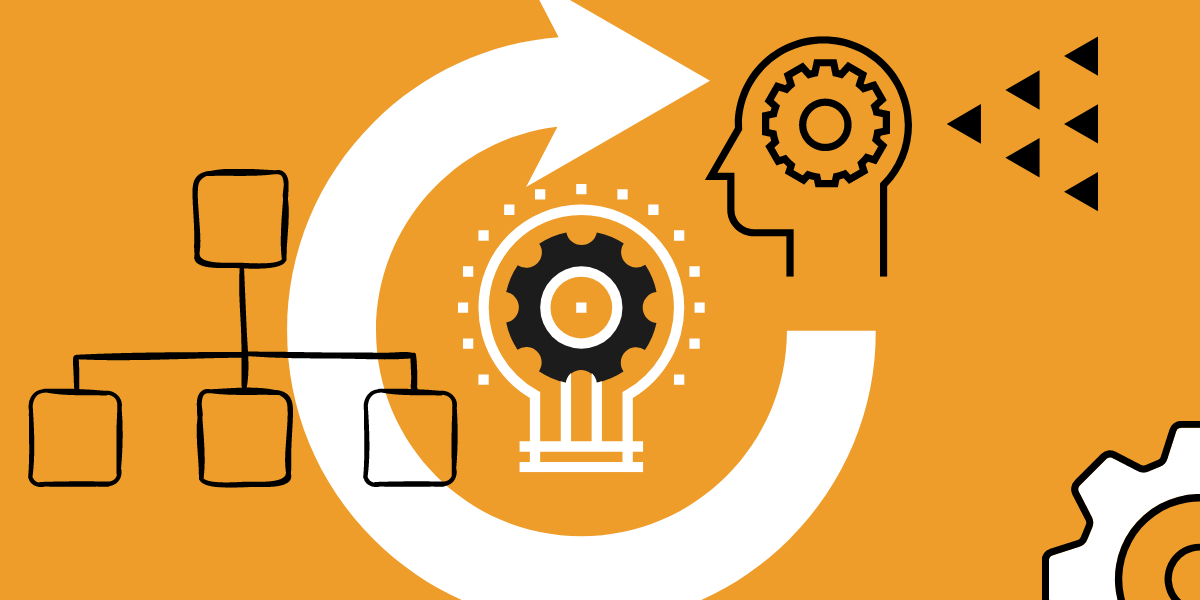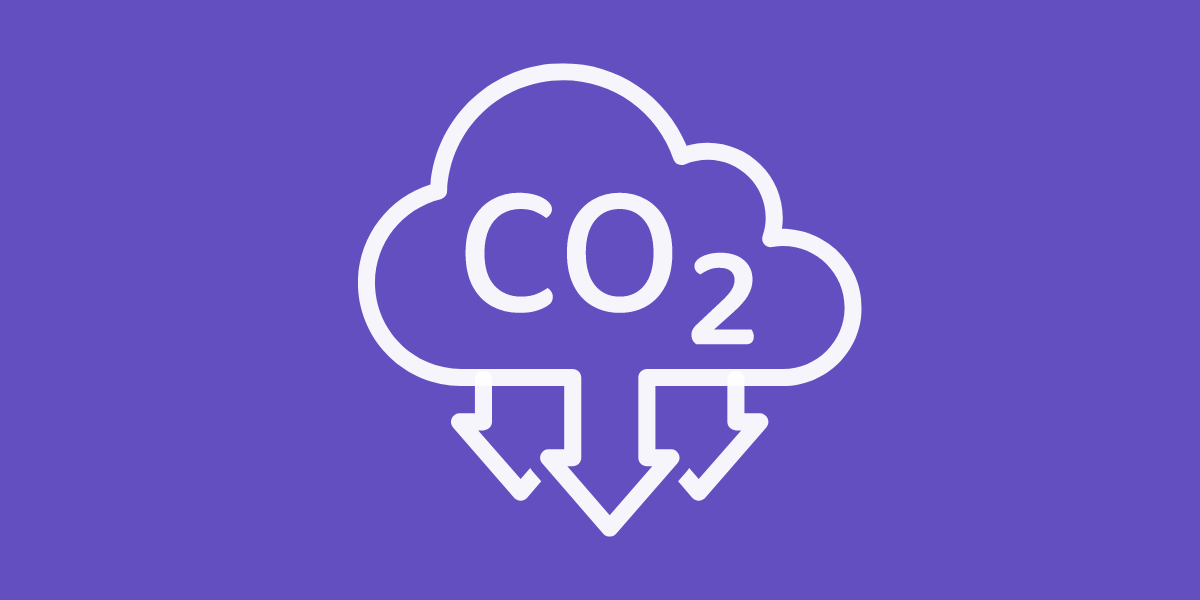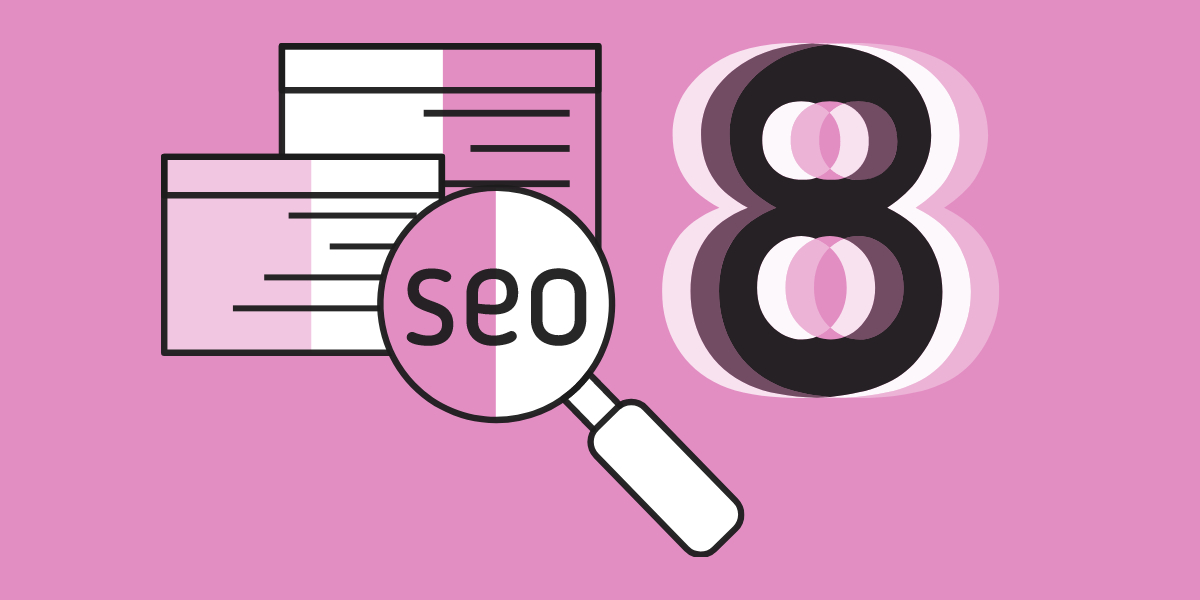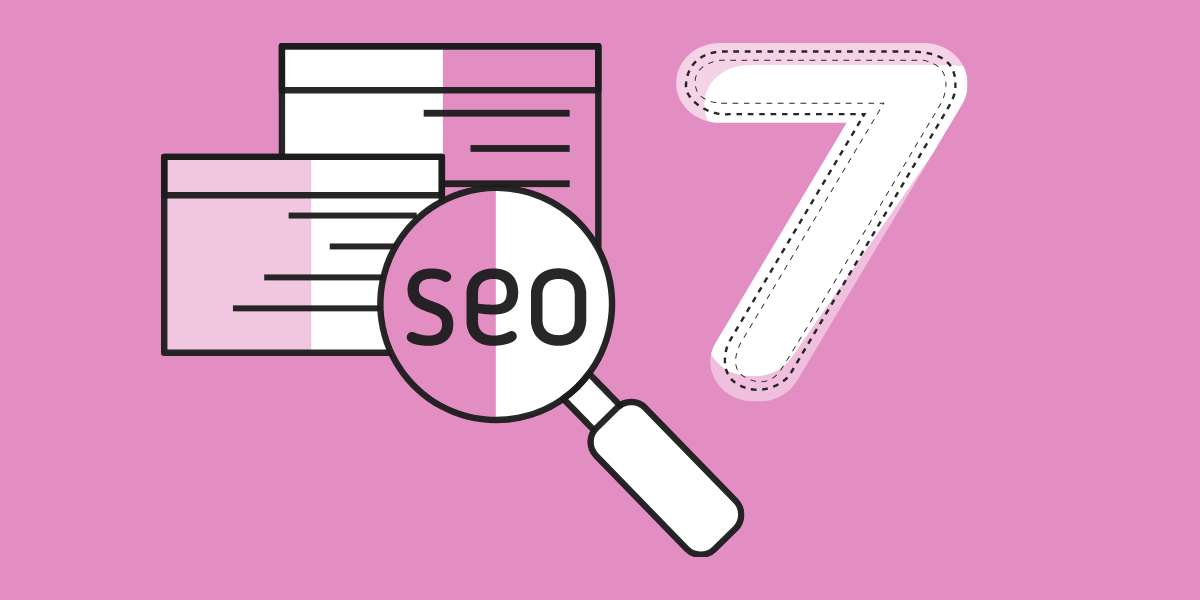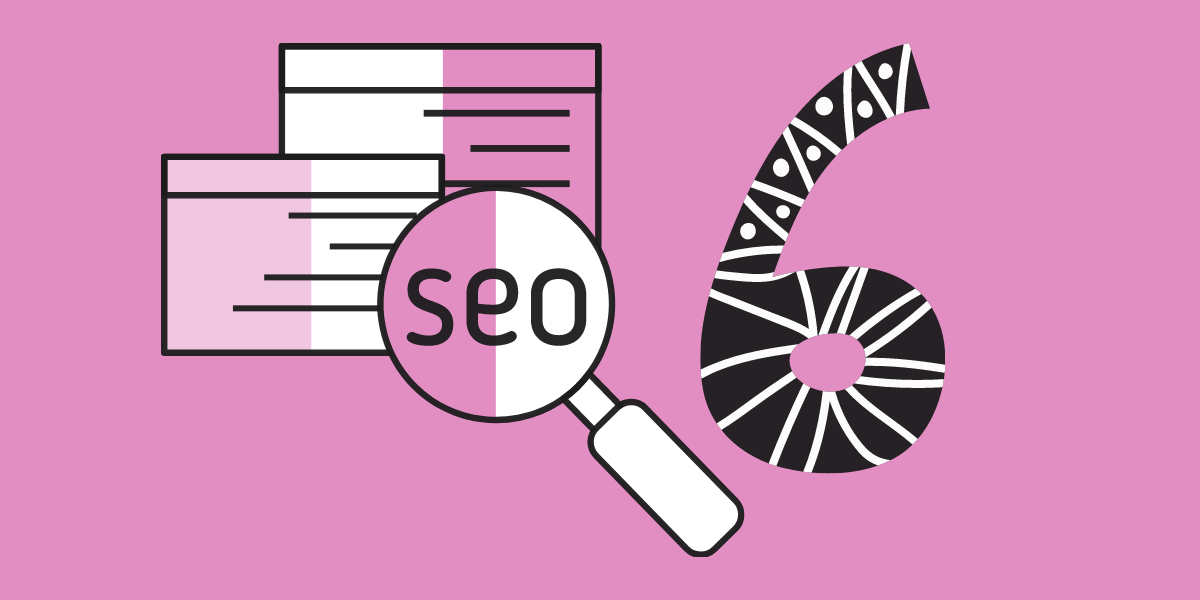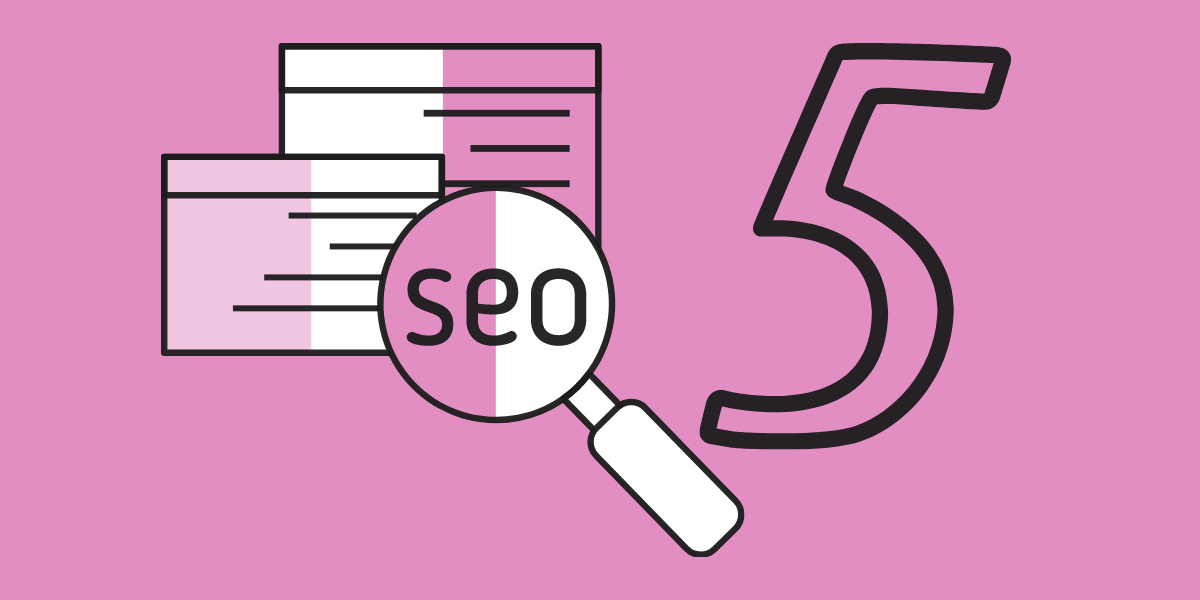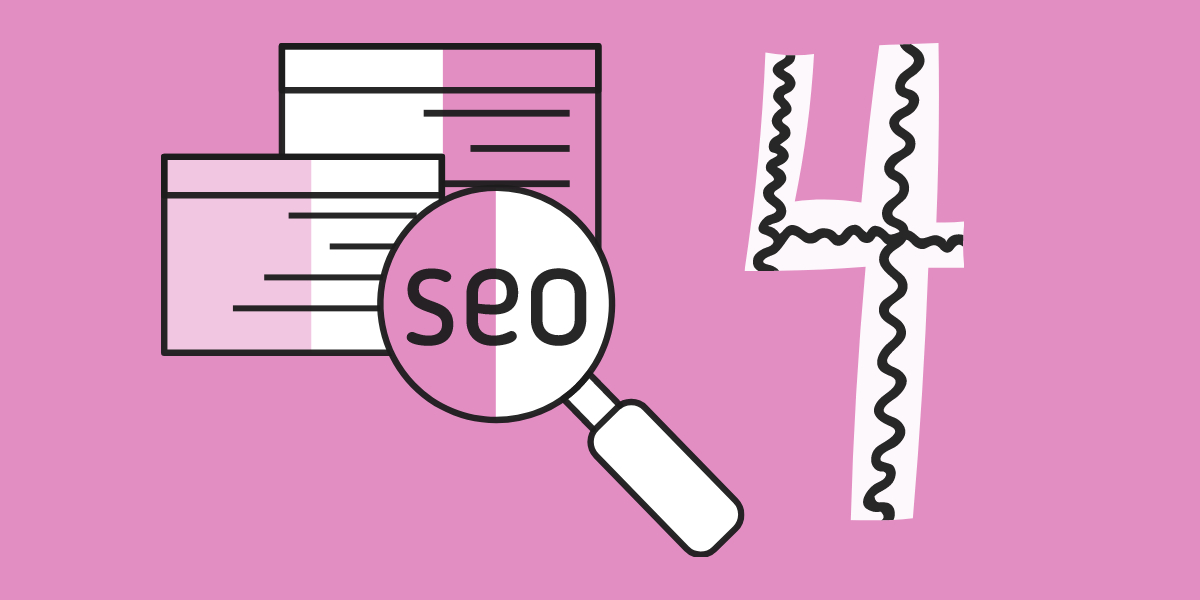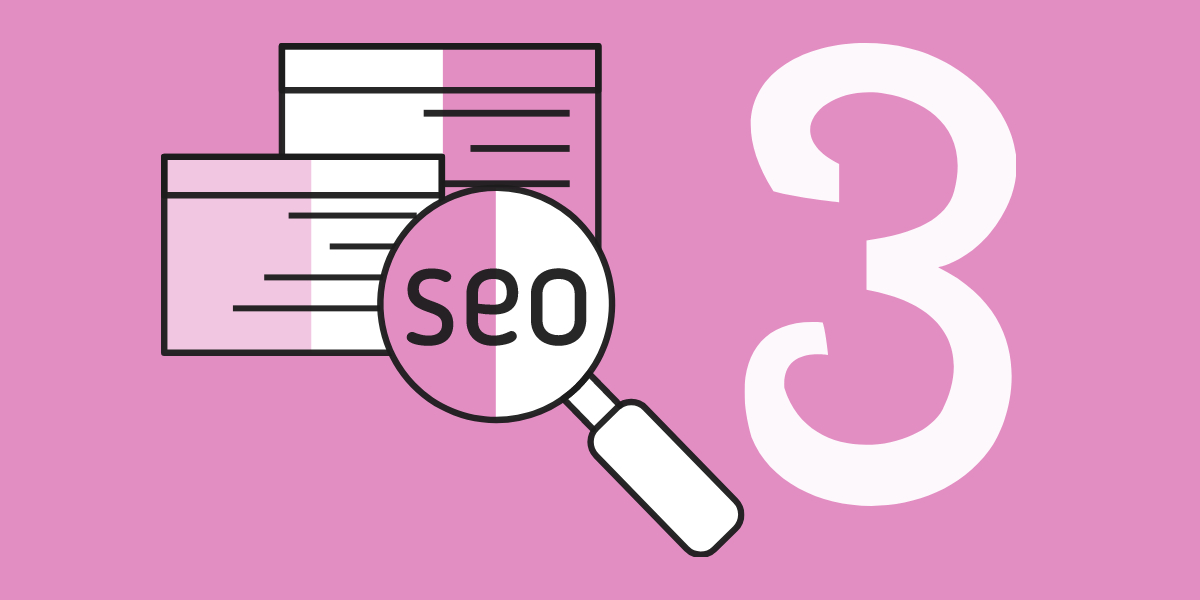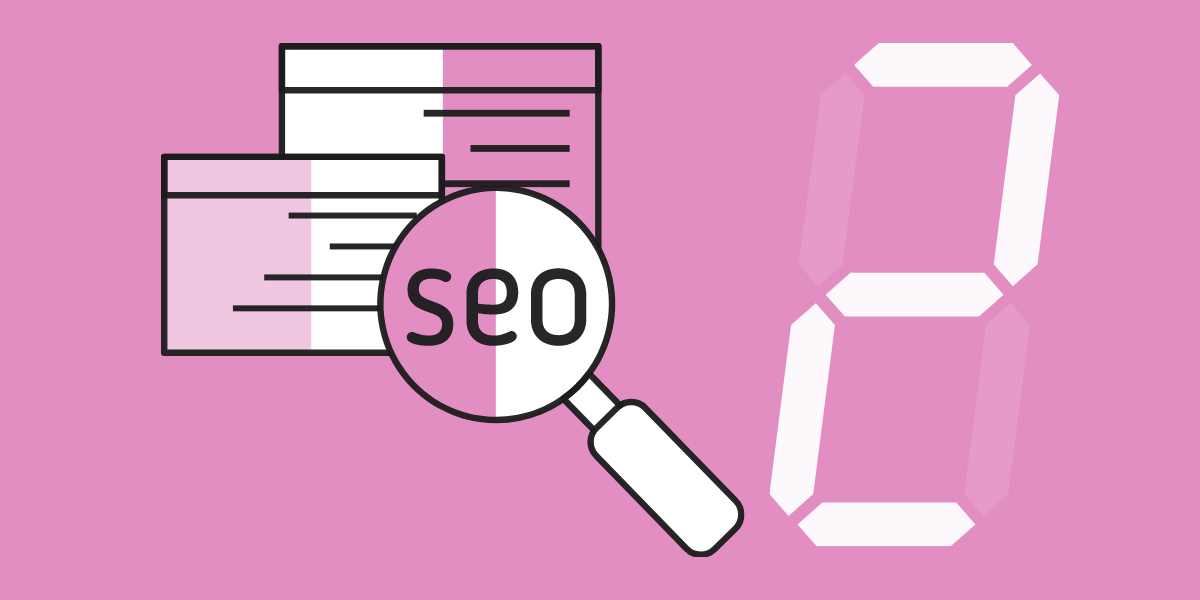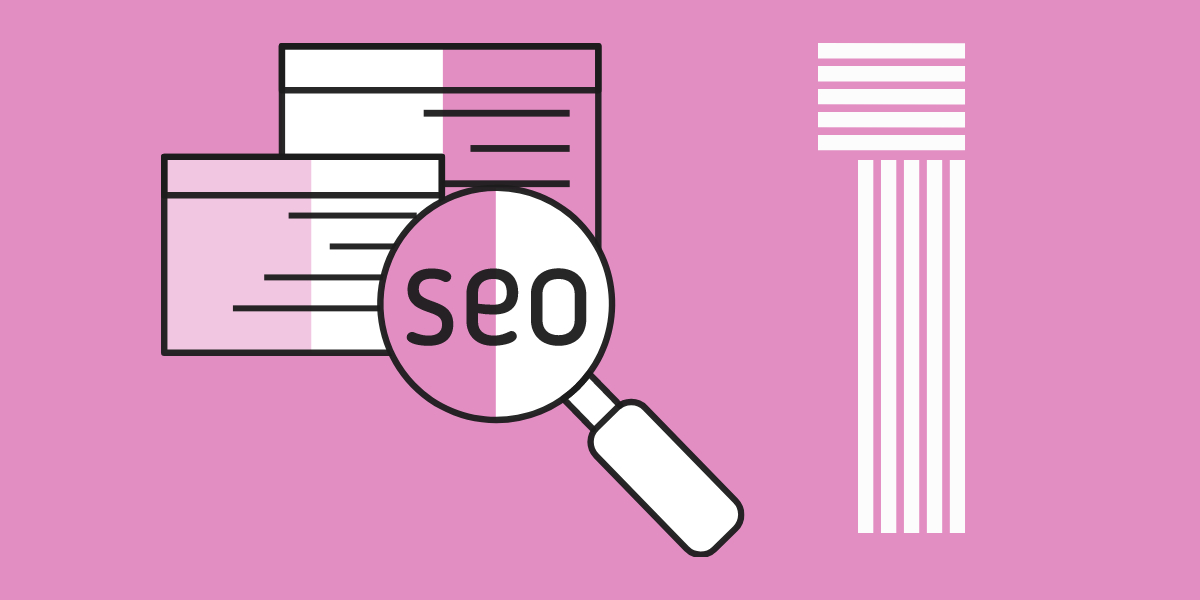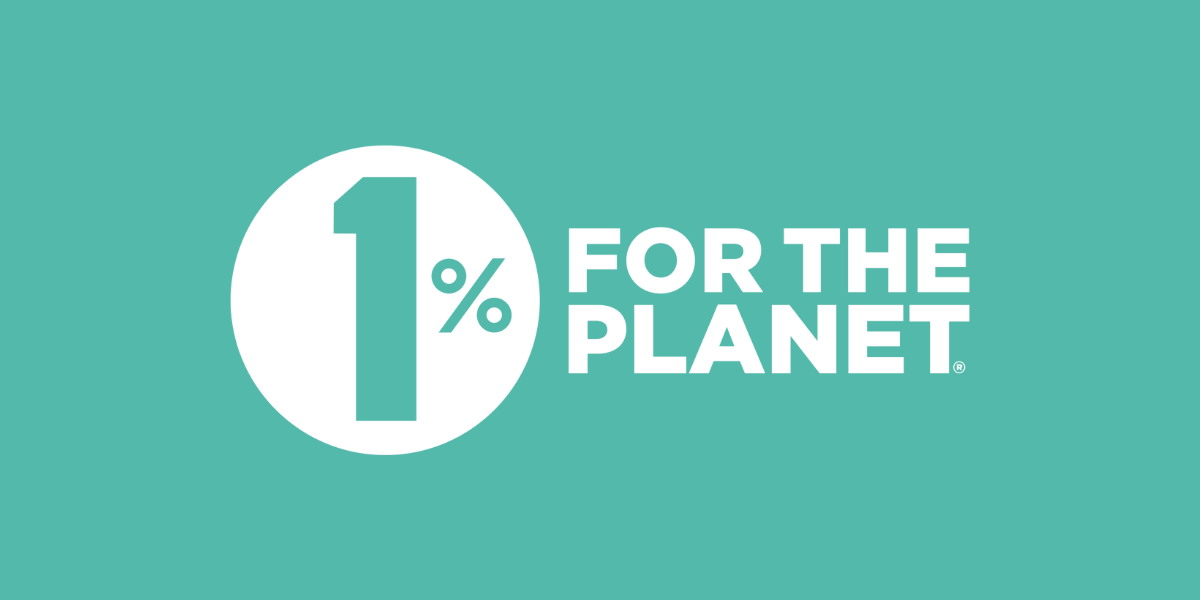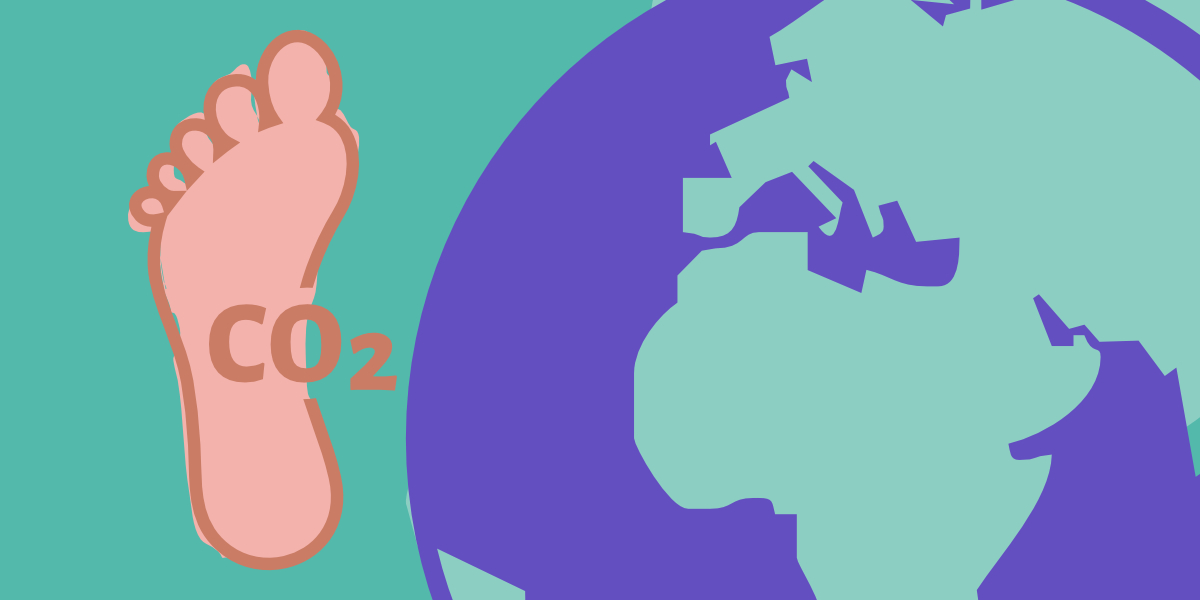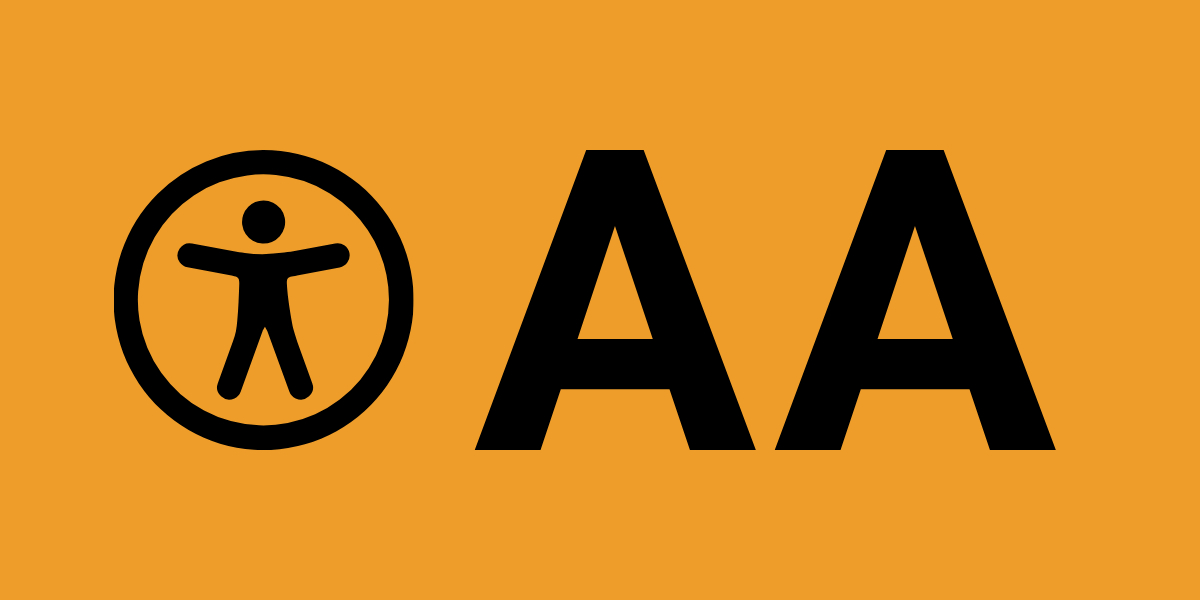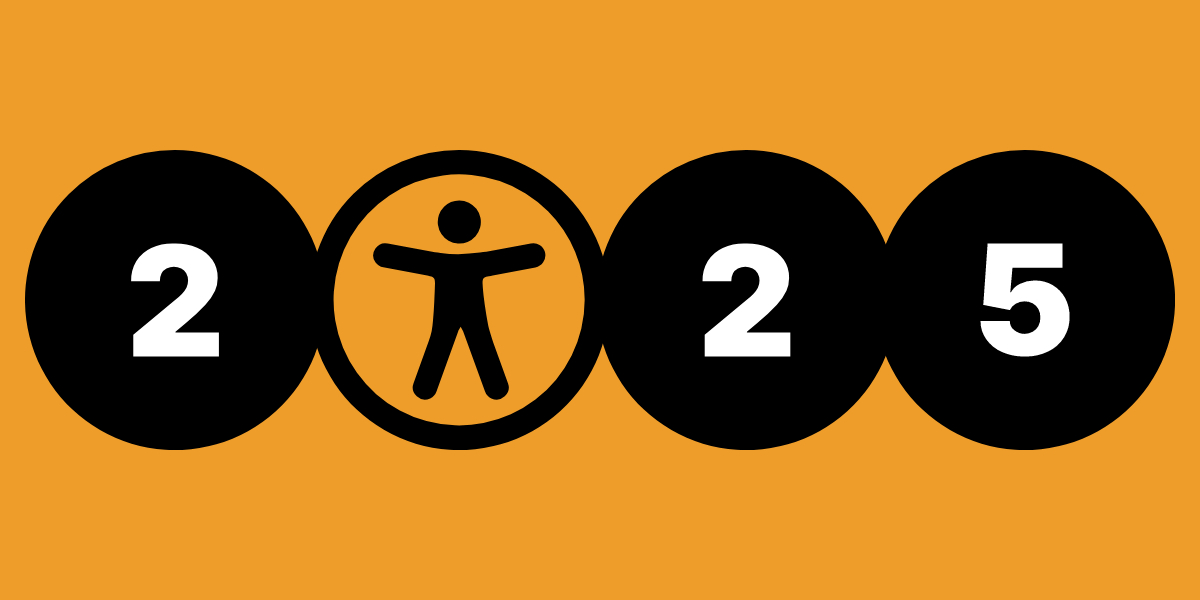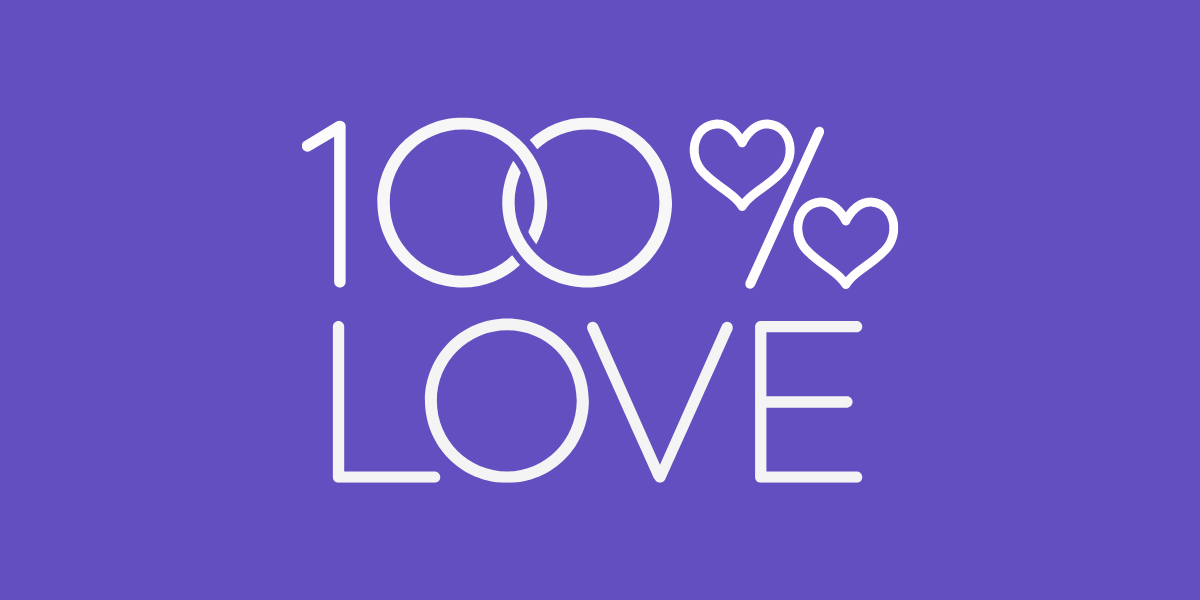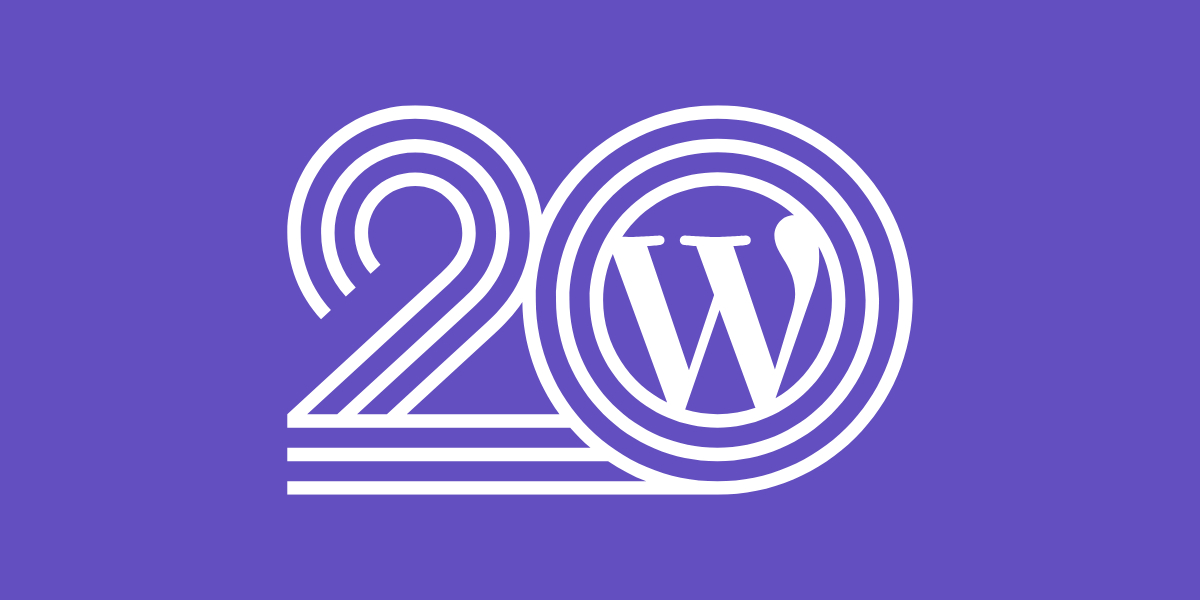Navigating a Corporate Website Project with Us
Are you considering hiring us for your web project, but unsure of what to expect? Look no further! In this post, we’ll walk you through a typical 3-month corporate website project with our agency. This will give you a better understanding of our process and how we operate, helping you to make an informed decision about our suitability for your project. So, without delay, let’s dive in!
The Onboarding Process
We begin by creating your client account and providing a guided tour of our client portal, which serves as the central workspace for the project. Everything related to your project, such as tasks, notes, meetings, files, and deliverables, will be neatly organised in the portal. You can access it anytime to see our ongoing progress.
We also schedule weekly calls to sync up and discuss recent developments, allowing you to ask questions or provide feedback. To keep all stakeholders informed, we record, transcribe, and summarise these calls. This ensures that even those unable to attend meetings can review key points and decisions.
The Web Project Planning Phase
In this phase, we carefully plan everything out to ensure that the project is completed on time, within budget, and to the required quality standards. The planning involves defining goals, scope, schedule, and budget. We also address potential risks and develop contingency plans.
Research, Analysis & Strategies
We start by understanding your company, products, culture, and values through stakeholder interviews. A comprehensive analysis of your web presence, market, and competitors is conducted. Following this, we create digital, SEO, content, and marketing strategies to guide the project.
Goals, Responsibilities & Requirements
We establish specific goals using the SMART framework and create a responsibilities chart to clarify roles. With the MoSCoW method, we prioritise features based on time and resources.
Information Architecture, Concept & Prototyping
We design a logical website structure, including templates and navigation, represented by a visual sitemap. We also map out the target keywords for each page. The design concept, defining the site’s overall look and feel, is then approved. A wireframe (a low-fidelity representation of the website), and a prototype (a more advanced interactive version), are created and tested for usability.
IT Solution Design
We develop a detailed IT solution design document, covering technical aspects, architecture, hardware, software components, processes, and policies. The document also includes development estimates and an accurate timeline for subsequent phases.
Solutions Presentation
We present our solutions to stakeholders and provide a project plan implementation quote. The planning and implementation phases are separated to ensure your confidence in the project direction. Should you choose not to proceed with us, you can now walk away with the full project blueprint for only 25% of the estimated total budget, offering peace of mind in selecting our agency.
The Content Phase
During this phase, we either create or collect all essential text and visual media for the website. If you are delivering the website copy, we provide assistance with proofreading and editing. If needed, we can create a content writing style guide for your company or brand. If you are delivering the visuals, such as logos, brand assets, images, and videos, we can assist with media editing, conversion, and compression.
Ideally, all content should be ready before the design phase starts. However, if necessary, the design team can begin work once the homepage content is finalised. The sequence of content and design phases depends on project-specific needs and priorities.
The Design Phase
This phase has two stages. First, we focus on the homepage. This is often the most complex and feature-rich page on a website, and typically requires a more detailed design process than other templates. By finalising the design concept for the homepage first, we have a solid foundation to build upon as we move on to designing the other templates. This process is usually faster, as we have already settled on the aesthetic direction and established a consistent look and feel of the website that will be carried through to the other pages.
Once all templates have been approved, we create a visual style guide to help your in-house marketing team and designers create additional materials that are consistent with the website. This guide outlines design elements, color palette, typography, imagery, and layout guidelines. It is delivered both as a PDF and live on the website, making it easy for your team to reference and use as needed.
The Build Phase
This phase typically overlaps with the design phase. It is divided into 5 stages.
Development
Backend development involves configuring WordPress and any third-party plugins that will be used, creating your custom post types, taxonomies, and custom fields, and programming the custom functionality of the website. By following the PHP Coding Standards and the WordPress Coding Standards for PHP, we ensure that the code is clean, consistent, and maintainable.
Frontend development includes visual design, layout, and functionality. By following the WordPress, W3C, and WCAG coding standards, we ensure that the website is built in a way that is accessible, functional, and standards-compliant.
We prepare the web components that will be used, and develop any missing components following the WAI-ARIA design pattern for compatibility with screen readers and other assistive technologies.
For the styling of the website, we write object-oriented CSS (OOCSS) following a simplified block-element-modifier (BEM) methodology. For the frontend functionality, such as keyboard controls and focus management, we use vanilla JavaScript. This allows us to unload the jQuery library that comes bundled with WordPress, which helps reaching the goals of our top performance guarantee.
We employ a mobile-first approach, using flexible grids, fluid typography, and responsive images. Thorough browser testing ensures that the website is compatible with all modern web browsers, and degrades gracefully when needed.
Once the website has been approved by the manager, we invite you to add any comments or feedback directly on the site through a point-and-click interface. We collect your feedback and carry out any last-minute revisions.
Optimisation
We optimise website performance for speed, usability, and security to meet our top performance guarantee. Meta data and web pages are optimised for search engines, and all forms are thoroughly tested. Web copy is proofread and reviewed.
Beta Testing
Website testing involves multiple stages, with you, our team, and an external user group providing feedback. Final adjustments are made before official release.
Deployment
The website is transferred to the production server, and final reviews and fixes are done. Documentation is provided, backups and CDN are set up, and the site goes live.
Operations & Maintenance
After launch, we meet with your team to celebrate, set up maintenance plans, and evaluate the project. In a separate meeting, CMS training is provided for your content managers, concluding the project.
In closing
The website development process can vary based on project needs, but our outlined steps provide a general overview of our approach. Through close collaboration and a structured process, we deliver high-quality websites tailored to clients and their target audience.
We hope that this overview has given you a better understanding of how we approach corporate website projects and the steps involved. If you have any further questions or would like to discuss your specific project in more detail, please don’t hesitate to reach out to us. We look forward to working with you and helping you achieve success with your website.
